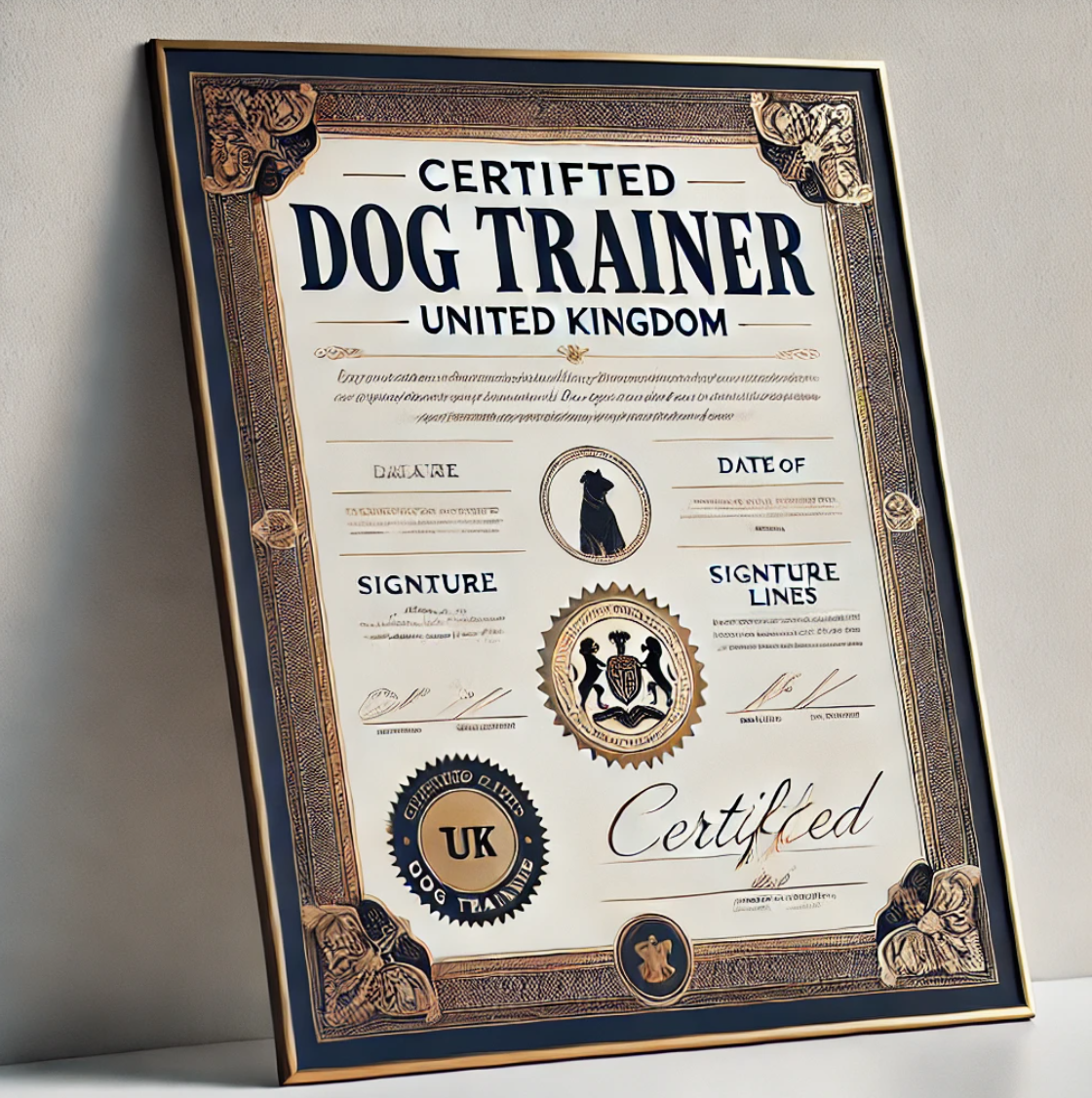Training your dog is one of the most rewarding things you can do as a pet owner. Not only does it build a stronger bond between you and your dog, but it also lays the foundation for good behavior throughout their life. If you’re wondering how to train your dog, especially how to train a dog to sit, you’re in the right place. Let’s walk through a natural, step-by-step guide to making your training sessions successful and enjoyable for both you and your pup. We’ll also cover some extra commands like “Come,” “Leave it,” and even how to discourage some less pleasant habits like poop eating!
Why Training is Important

Before we dive into the steps, it’s worth highlighting why training is so essential. A well-trained dog is safer, happier, and much easier to live with. Good training can prevent accidents, improve communication between you and your dog, and even save your dog’s life one day.
How to Train a Dog to Sit

Training your dog to sit is often the first command because it is simple, useful, and forms the basis for many other commands.
Step 1: Choose the Right Environment
Start in a quiet place with no distractions. A familiar room inside your house is perfect.
Step 2: Use High-Value Treats
Pick treats that your dog absolutely loves. Small, soft treats work best because they’re quick to eat.
Step 3: Get Their Attention
Hold a treat close to your dog’s nose so they can smell it but not eat it.
Step 4: Guide Them into the Sit Position
Slowly move the treat up over their head. Their natural motion will be to lower their back end to the floor.
Step 5: Say the Word
As soon as their bottom touches the floor, say “Sit” clearly and happily, then immediately give the treat and praise.
Step 6: Repeat and Practice
Practice 5-10 times per session, keeping sessions short and positive. Dogs learn best with frequent, short lessons rather than long, tiring ones.
Common Mistakes When Teaching Sit
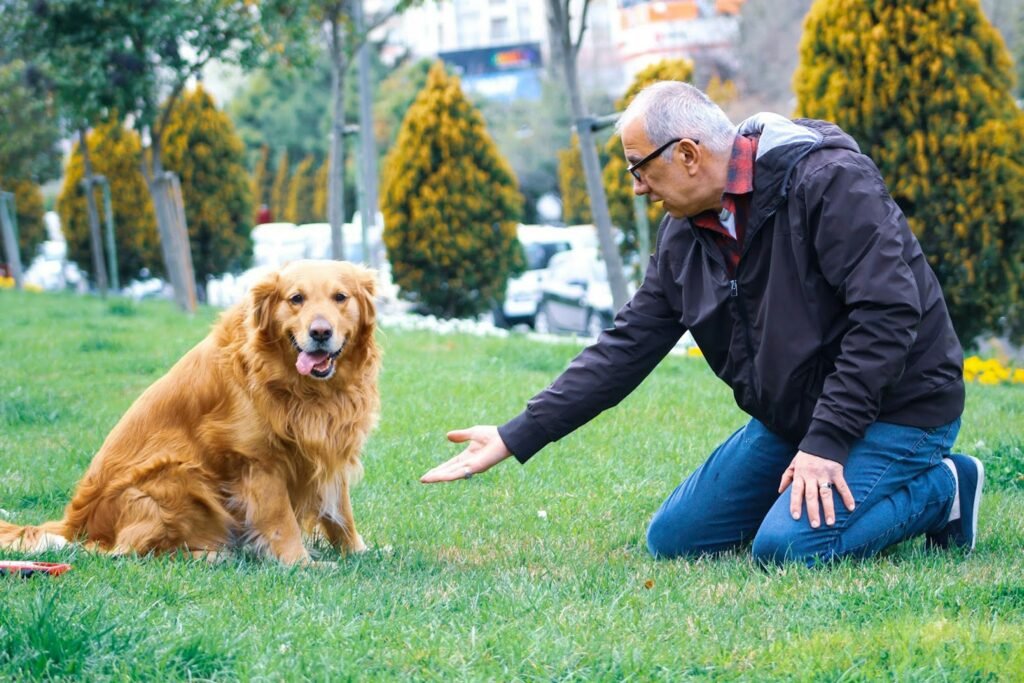
- Repeating the command multiple times before your dog responds. Instead, say it once and wait.
- Physically forcing your dog’s bottom down. This can cause confusion or discomfort.
- Training when your dog is too excited. Try after a walk or some playtime.
How to Train “Come” (“To Me”)
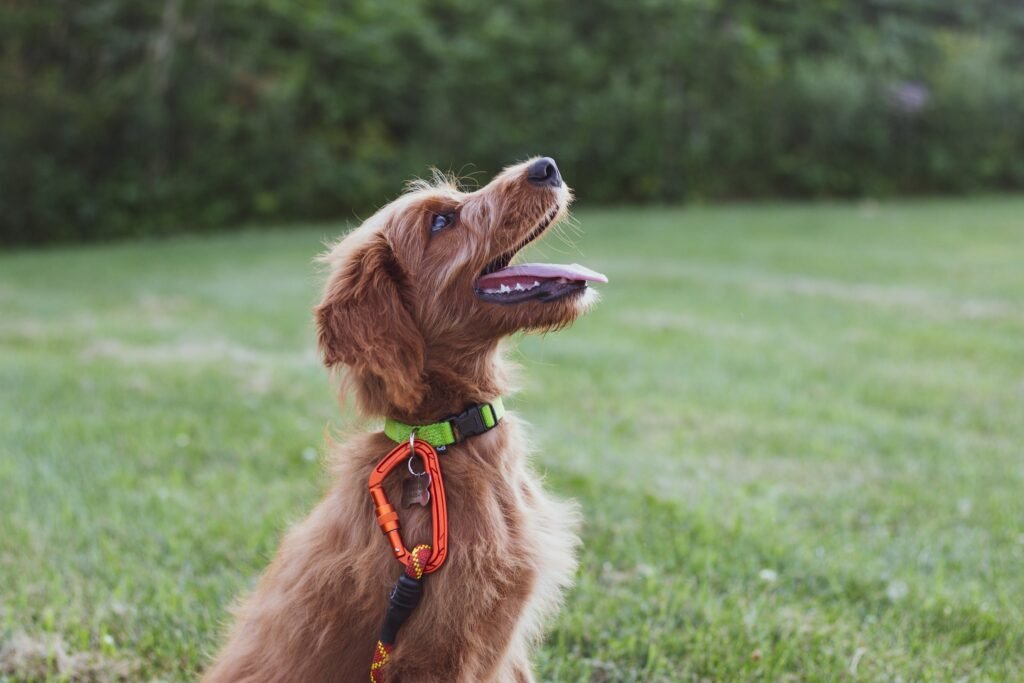
Teaching your dog to come when called is crucial for their safety.
Step-by-Step:
- Start indoors, calling your dog enthusiastically: “To me!”
- Show a treat and step backward.
- Reward them immediately when they come to you.
- Practice in different rooms before moving outside with a long lead.
Tip: Never call your dog to you for something they find unpleasant (like a bath). Make “To me” always a positive experience!
Teaching “Leave It”
Ever dropped a sandwich and watched in horror as your dog made a beeline for it? “Leave it” can save you in those moments. Learn more about what dog accessories can help with dog training here.
Step-by-Step:
- Hold a treat in your closed hand.
- Let your dog sniff, lick, and paw at your hand, but don’t open it.
- When they back off, even slightly, say “Leave it,” and give them a different treat from your other hand.
- Gradually increase difficulty by placing treats on the floor and covering them with your hand.
Training “No Eating Poop!”
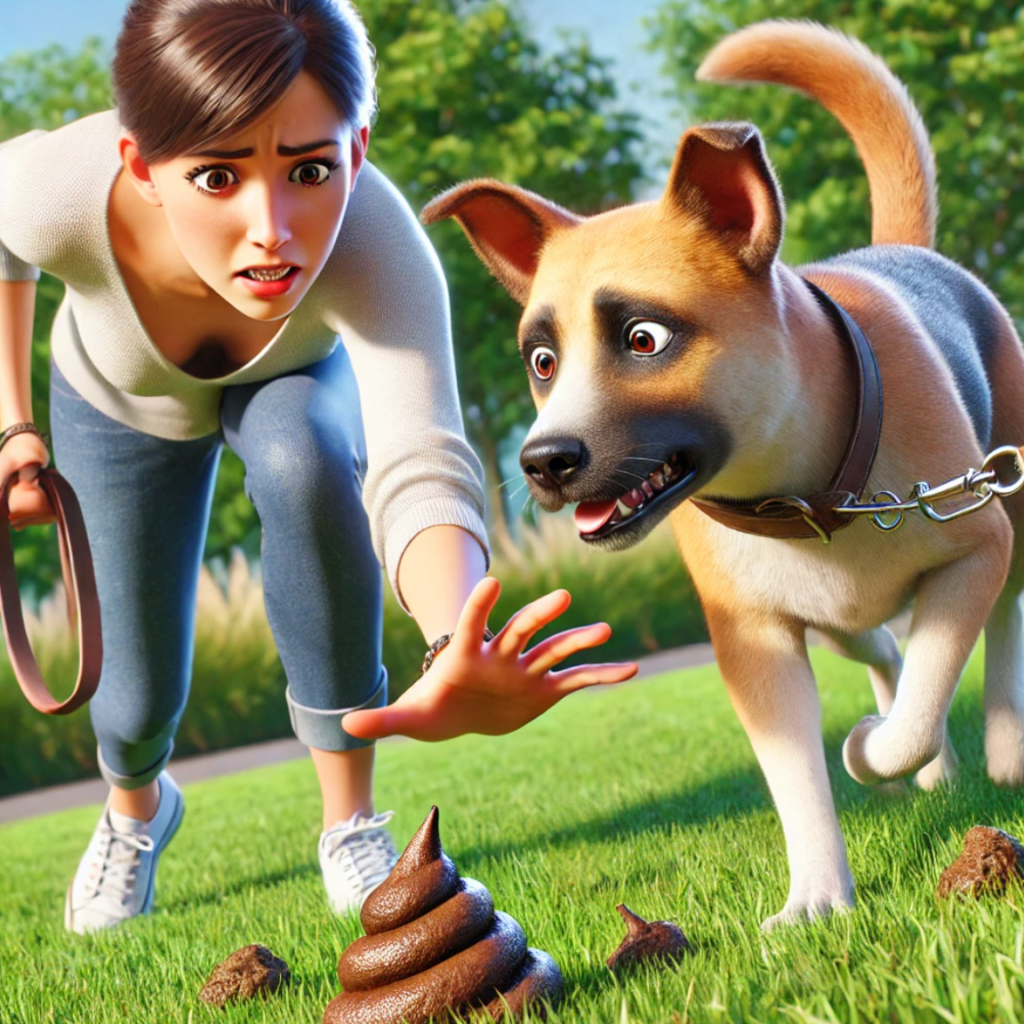
Yes, it’s a gross habit, but some dogs do it. Here’s how to address it.
Step-by-Step:
- Always supervise bathroom breaks.
- Reward immediately after they finish and move away.
- Use “Leave it” if they approach waste.
- Keep your yard clean to remove temptation.
Consult your vet if this behavior persists, as it can sometimes be a symptom of nutritional deficiencies.
Using Tools to Help with Training
Sometimes, specific tools can make training easier:
- Clickers: A clicker marks the exact moment your dog does something right.
- Training collars: Calmshops.co.uk offers vibrating collars that can aid in reinforcing commands without harshness. Vibrating collars can gently grab a dog’s attention, making them useful for “Come” or “Leave it” commands, especially if your dog is easily distracted.
How Long Does It Take to Train a Dog to Sit?
Each dog is different, but most learn “Sit” within a few days of consistent training. The key is consistency and positivity. Practice every day, but keep sessions short—5 minutes is enough to start.
Fun Games That Reinforce Commands
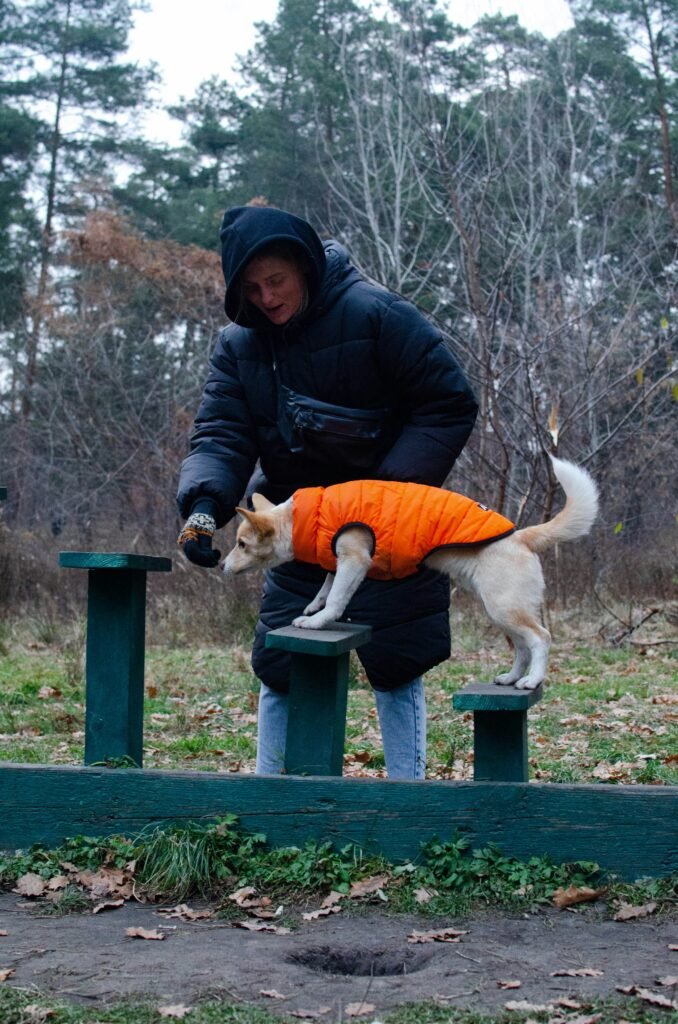
Mixing fun and training makes your dog love learning:
- Musical Chairs: Play music and have your dog sit when the music stops.
- Hide and Seek: Hide and call “To Me” to practice recall.
- Treat Scavenger Hunts: Hide treats and practice “Leave It” when they find something they shouldn’t eat.
Troubleshooting: If Your Dog Won’t Sit
If your dog struggles:
- Check if the environment is too distracting.
- Try a higher-value treat.
- Break the command into smaller steps.
- Be patient. Some breeds are naturally more stubborn.
Final Thoughts on How to Train Your Dog
Training a dog takes patience, love, and consistency. Whether you’re focusing on how to train a dog to sit or mastering more complex commands like “To me” or “Leave it,” remember to keep it positive. Celebrate small wins, stay patient with setbacks, and most importantly, enjoy the time spent together.
The more you train, the better your dog will understand your expectations, leading to a happier, healthier life together.
If you’re looking for gentle and effective training tools, check out Calmshops.co.uk! Their vibrating collars and other dog training accessories can support your training journey without harsh methods. Plus, a good car seat dog cover can help protect your car when you and your well-trained pup go on adventures together!
Remember: Every dog is different. Some will pick up “Sit” in a day; others might need a week. The most important ingredient is your commitment and love. Happy training!

